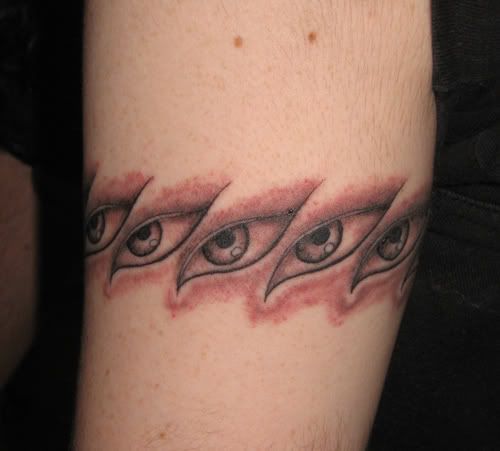 Yesterday, last night and today i was watching my pending series. i was watching LA Ink, my friend just gave me the series few days ago but episodes 3, 4 and 5 are not ready yet. i'm so inspired to get tattoo man! inspired? what the hell are you talking about girl? LOL! *you wish~* you know, seeing the people who get the tattoos macam nada saja muanya ia buat atu. they look very relax, calm when they're tattooed. "nda sakit kah tu?", i asked my friend since she was thinking to get one someday so i assumed she knew everything about it already. well, she said it is sakit and she asked me to get the research.
Yesterday, last night and today i was watching my pending series. i was watching LA Ink, my friend just gave me the series few days ago but episodes 3, 4 and 5 are not ready yet. i'm so inspired to get tattoo man! inspired? what the hell are you talking about girl? LOL! *you wish~* you know, seeing the people who get the tattoos macam nada saja muanya ia buat atu. they look very relax, calm when they're tattooed. "nda sakit kah tu?", i asked my friend since she was thinking to get one someday so i assumed she knew everything about it already. well, she said it is sakit and she asked me to get the research.well, since the boss and my supervisor are not around so why not? okay, here's what i've got.
Tattoo Basics

Artists create tattoos by injecting ink into a person's skin. To do this, they use an electrically powered tattoo machine that resembles (and sounds like) a dental drill. The machine moves a solid needle up and down to puncture the skin between 50 and 3,000 times per minute. The needle penetrates the skin by about a millimeter and deposits a drop of insoluble ink into the skin with each puncture. Modern tattoo machines have several basic components:
- A sterilized needle
- A tube system, which
draws the ink through the machine An electric motor A foot pedal, like those used on sewing machines, which controls the vertical movement of the needle.
When you look at a person's tattoo, you're seeing the ink through the epidermis, or the outer layer of skin. The ink is actually in the dermis, which is the second layer of the skin. The cells of the dermis are far more stable than the cells of the epidermis, so the tattoo's ink will stay in place, with minor fading and dispersion, for a person's entire life.
When you look at a person's tattoo, you're seeing the ink through the epidermis, or the outer layer of skin. The ink is actually in the dermis, which is the second layer of the skin. The cells of the dermis are far more stable than the cells of the epidermis, so the tattoo's ink will stay in place, with minor fading and dispersion, for a person's entire life.
No comments:
Post a Comment